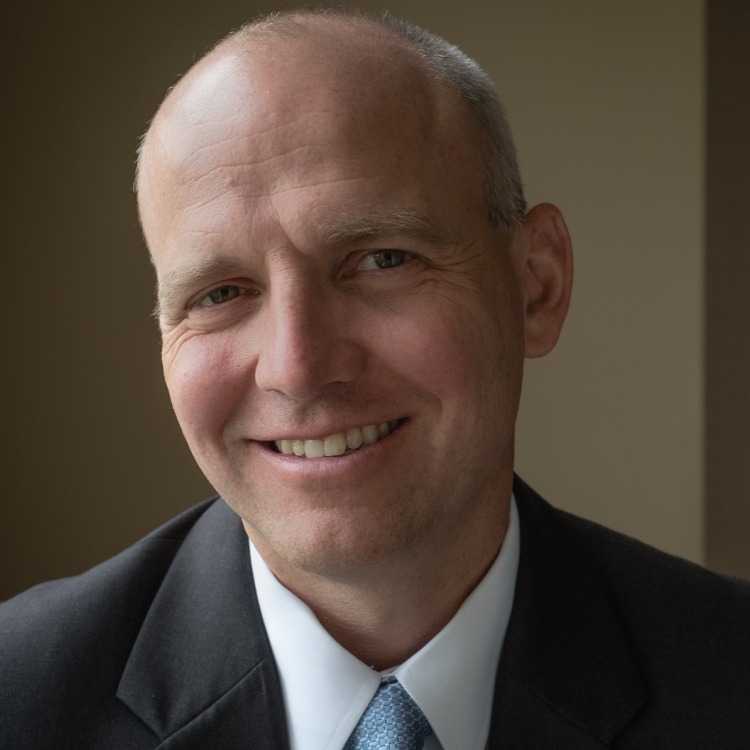
When considering retirement, the most generally accepted age people target is the magical age of 65. However, it’s not uncommon for us to work with folks who, due to their diligent saving and spending habits (and prudent financial counsel!), are on track to retire before then.
In many cases, these client discussions are a pleasure. We get to talk about how they can enjoy retirement and still have resources to travel, help with the grandkids’ education, or buy that vacation home in the South. But as their advisors, we also must ensure we temper these spending dreams by including a critical and often overlooked drain on cash flow – health care costs.
We must factor in these costs both before and after Medicare kicks in, typically at age 65, as they can be substantial. A recent report from HealthView Services (which we discuss below) shows how large these costs can be. While there is no way to accurately predict these costs, it makes sense to incorporate conservative estimates into the retirement cash flow plan. The health care industry is rapidly evolving, and costs have continued to rise over the years.
Pre-Medicare Costs
As anyone who is not on an employer-supplemented health plan knows, health insurance premiums are expensive and continue to rise. And while the pre-65 years are typically lower risk, everyone’s health situation is unique and must be considered. For example, when we have a retiree targeting retirement at age 55, we typically assume $1,200 per month (as a minimum) per couple for health insurance premiums until they reach Medicare eligibility. Keep in mind that even with this level of premium there are other costs to consider, as this price implies a high-deductible plan that will require ample cash reserves to cover out-of-pocket costs. We also apply a higher-than-inflation annual increase in premiums of about 4-5% per year.
Post-Medicare Costs
In their recent “Retirement Health Care Data Report” HealthView Services (a health-care cost software provider) points out that just because a retiree is covered by Medicare does not mean they are in the clear for medical expenses. They estimate that the typical 65 year old couple retiring this year will incur almost $364,000 of out-of-pocket medical expenses (that would NOT be covered by Medicare) over their lifetime. What are all these costs? They include Medicare Part B and Part D premiums, supplemental Medigap insurance costs, as well as hearing, dental, and vision costs. (Note: This assumes a healthy male and female couple with life expectancies of 87 and 89, respectively, and Modified Adjusted Gross Income (MAGI) below $170,000, which avoids the Medicare surcharges.)
Looking forward, HealthView projects health care expenses could average an increase of over 4.2% per year, which would likely outpace any Social Security and/or pension inflation adjustments (if any) that retirees may rely on to meet fixed costs. This would assuredly put the squeeze on those travel and vacation home plans if not properly accounted for in the cash flow plan.
What to Do Now
This is certainly the time to start factoring in these costs as a very real cash flow concern whether you plan on retiring at 50 or 75. So what to do?
- Be realistic: When taking a hard look at living expenses and cash flow in retirement, it is critical to include a conservative estimate for what could be a significant out-of-pocket expense. This would include factoring in an inflation rate for these specific expenses which, as noted above, is expected to quickly outpace other expenses and fixed sources of income. Finally, it is imperative any retirement cash flow projection includes both pre-Medicare and post-Medicare costs.
- Increase retirement savings rates: Obviously, investing as much as possible prior to retirement allows for at least some measure of growth in order to help fund health care expenses. Bumping up payroll withholdings a little more now can be a lot less painful than writing big checks in retirement.
- If available, max out annual Health Savings Accounts (HSA) contributions: As discussed in our blog from April 2019 (click here to read: The Under the Radar Retirement Savings Plan) we are strong proponents of Health Care Savings accounts. These are essentially tax-deferred “Healthcare IRAs” and allow participants in a high deductible health care plan to save up to $8,000 (family plan with catch-up contributions) for future health care expenses in an account owned by the contributor, not the employer.
Taking all this into consideration, some folks may conclude they should actually wait a year or two to retire in order to save more, allow their investments to grow, and minimize the time needed to bridge the gap to Medicare eligibility. Even when Medicare coverage is in place, healthcare still costs need to be accounted for. While working a little longer may be disappointing, it is much better than getting that first health care bill in the mail and realizing retirement cash flow is unsustainable!
Find more practical advice on a wide variety of wealth management topics by exploring our JIC Blog: Beyond the Numbers library.
Published 09/20/2019
